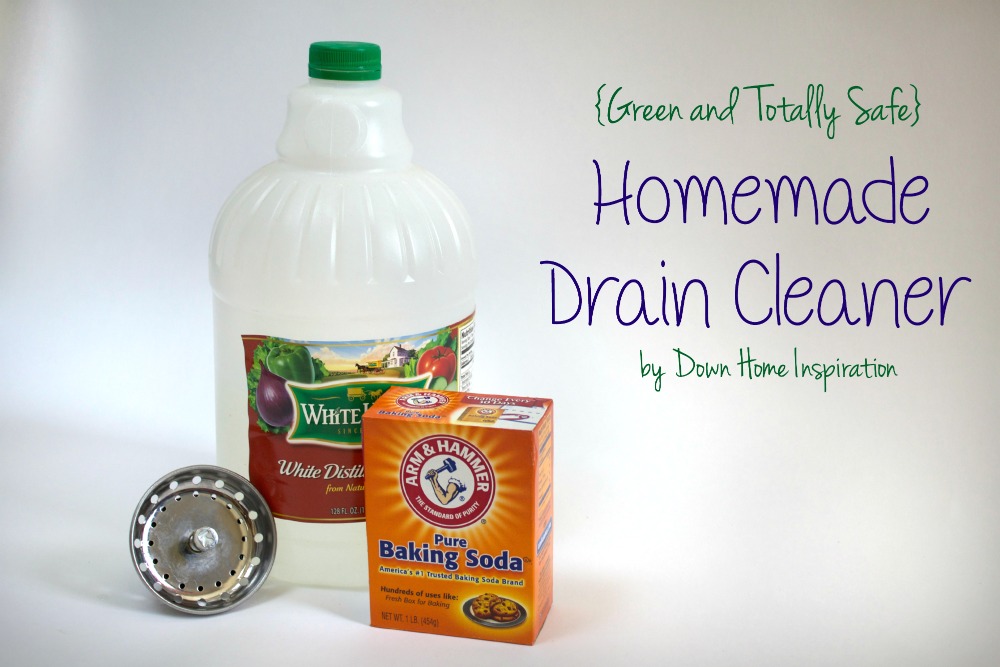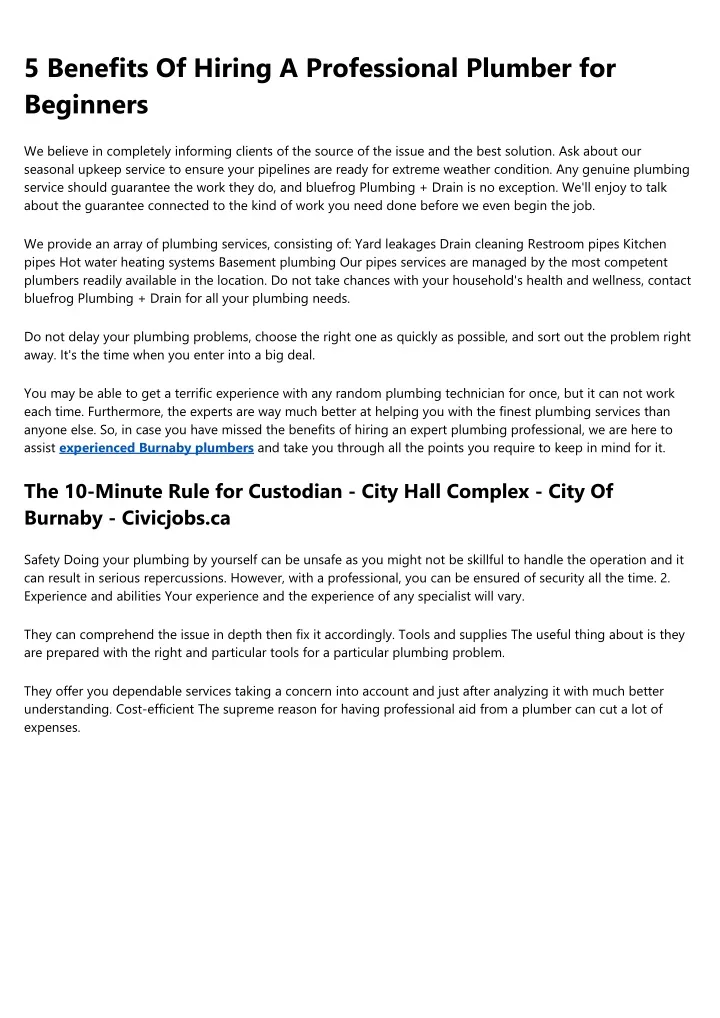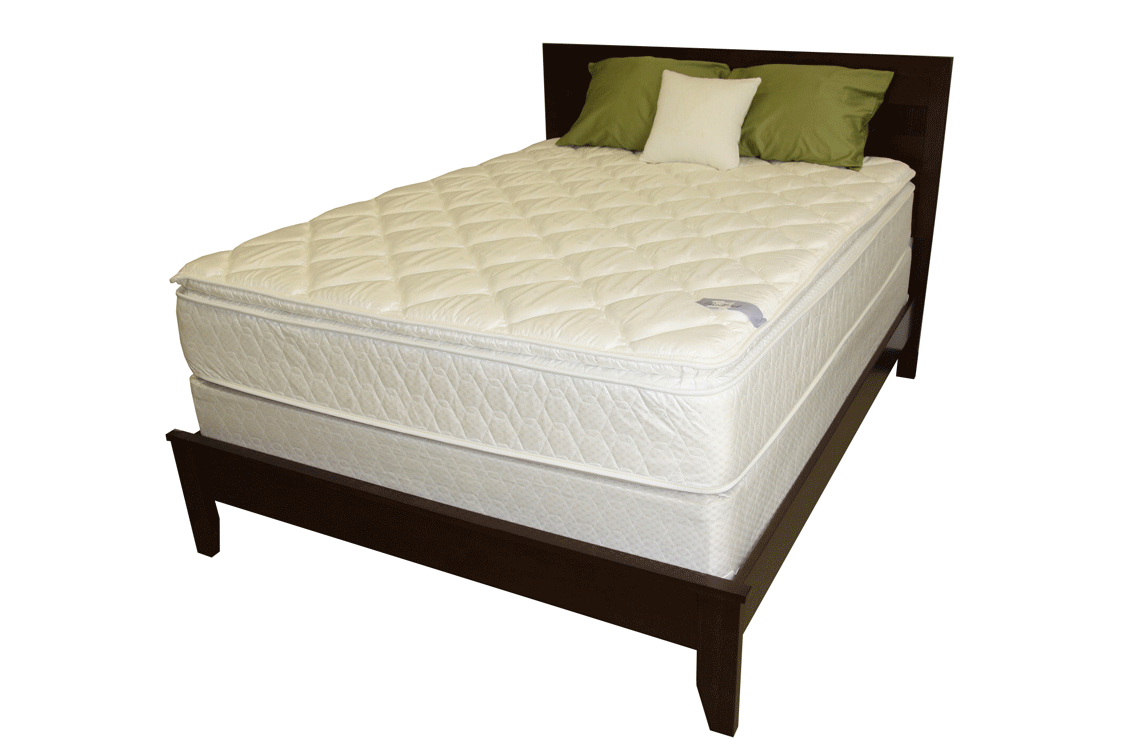A plunger is a simple yet effective tool for unclogging a badly clogged kitchen sink. It works by creating a suction that helps to dislodge the blockage and allow water to flow freely again. To use a plunger, make sure there is enough water in the sink to cover the rubber part of the plunger. Place the plunger over the drain and push down gently, then pull up quickly. Repeat this motion several times until the blockage is cleared. If it doesn't work, try using a different type of plunger or move on to another method.1. Use a plunger
If the clog is caused by grease or oil buildup, pouring boiling water down the drain can help break it up and allow it to flow down the pipes. Boil a pot of water on the stove and pour it down the drain in small increments, giving it time to work in between. Be careful not to burn yourself and add some dish soap to help break down the grease even further.2. Pour boiling water down the drain
A natural and non-toxic alternative to harsh drain cleaners, mixing baking soda and vinegar can create a chemical reaction that helps to dissolve and remove clogs. Pour 1/2 cup of baking soda down the drain, followed by 1/2 cup of vinegar. Let it sit for about 10-15 minutes, then pour boiling water down the drain to flush it out.3. Use a mixture of baking soda and vinegar
If the clog is stubborn and none of the other methods have worked, you can try using a commercial drain cleaner. These products contain chemicals that can dissolve and break down clogs. Make sure to read the instructions carefully and follow all safety precautions when using these products.4. Try a commercial drain cleaner
A plumbing snake, also known as a drain auger, is a long, flexible tool that can reach deep into the pipes to dislodge and remove clogs. Insert the snake into the drain and turn the handle to move it further down the pipes. When you feel resistance, rotate the snake to break up the clog. Once the clog is cleared, pull out the snake and run hot water down the drain to flush it out.5. Use a plumbing snake
The P-trap is a curved pipe under the sink that can collect debris and cause clogs. To clean it, place a bucket or container under the P-trap to catch any water. Use a wrench to loosen the fittings and remove the P-trap. Clean it out and reattach it, then run water to check if the clog is cleared.6. Remove and clean the P-trap
If you have a wet/dry vacuum, you can use it to suck out any debris or standing water from the drain. Be sure to set the vacuum to wet mode and create a tight seal around the drain. This method may not work for tougher clogs, but it can be helpful for smaller ones.7. Use a wet/dry vacuum
Another natural and budget-friendly option, a mixture of salt and baking soda can also help to unclog a badly clogged kitchen sink. Mix 1/2 cup of salt with 1/2 cup of baking soda and pour it down the drain. Let it sit for 10-15 minutes, then pour boiling water down the drain to flush it out.8. Try a homemade drain cleaner with salt and baking soda
For a more powerful homemade drain cleaner, you can combine salt, baking soda, and vinegar. Mix 1/2 cup of salt with 1/2 cup of baking soda and pour it down the drain. Then, pour 1/2 cup of vinegar down the drain. Let it sit for 10-15 minutes, then pour boiling water down the drain to flush it out.9. Use a combination of salt, baking soda, and vinegar
If none of the above methods work and your kitchen sink is still badly clogged, it may be time to call in a professional plumber. They have the tools and expertise to handle even the toughest clogs and can also identify and fix any underlying issues with your plumbing system. While it may cost more, it can save you time and frustration in the long run. In conclusion, a badly clogged kitchen sink can be a major inconvenience, but with these 10 methods, you can unclog it and get your sink back to working order. Whether you choose to use a plunger, pour boiling water, or call a professional plumber, make sure to take care of your drains regularly to prevent future clogs. Happy unclogging!10. Call a professional plumber
How to Effectively Unclog a Badly Clogged Kitchen Sink

A Common Household Problem
 Kitchen sinks are an essential part of any household, providing a convenient and functional space for daily cooking and cleaning tasks. However, it is not uncommon for kitchen sinks to become clogged due to a buildup of food particles, grease, and other debris. A clogged kitchen sink can be a frustrating and unpleasant experience, but with the right tools and techniques, it can be easily remedied.
Kitchen sinks are an essential part of any household, providing a convenient and functional space for daily cooking and cleaning tasks. However, it is not uncommon for kitchen sinks to become clogged due to a buildup of food particles, grease, and other debris. A clogged kitchen sink can be a frustrating and unpleasant experience, but with the right tools and techniques, it can be easily remedied.
The Importance of Addressing a Clogged Sink
 Ignoring a clogged kitchen sink can lead to more significant problems in the long run. The standing water and debris can create a breeding ground for bacteria and mold, which can cause health issues and unpleasant odors in your kitchen. Additionally, a clogged sink can also affect the performance of your plumbing system, leading to potential water damage and costly repairs.
Ignoring a clogged kitchen sink can lead to more significant problems in the long run. The standing water and debris can create a breeding ground for bacteria and mold, which can cause health issues and unpleasant odors in your kitchen. Additionally, a clogged sink can also affect the performance of your plumbing system, leading to potential water damage and costly repairs.
Tools You Will Need
 Before attempting to unclog your kitchen sink, it is essential to gather the necessary tools to get the job done efficiently. These include a plunger, a drain snake, a bucket, and rubber gloves. You may also want to have some baking soda, vinegar, and hot water on hand for a natural and eco-friendly solution.
Before attempting to unclog your kitchen sink, it is essential to gather the necessary tools to get the job done efficiently. These include a plunger, a drain snake, a bucket, and rubber gloves. You may also want to have some baking soda, vinegar, and hot water on hand for a natural and eco-friendly solution.
Step-by-Step Guide
 1. Start by using a plunger to try and dislodge the clog. Place the plunger over the drain and create a seal. Then, push and pull the plunger forcefully to create suction and loosen the clog.
2. If the plunger does not work, try using a drain snake. Insert the snake into the drain and rotate it to break up the clog. You may need to pull out the snake and repeat the process a few times to fully clear the blockage.
3. For a natural solution, pour a cup of baking soda down the drain, followed by a cup of vinegar. Let the mixture sit for about 10 minutes and then pour hot water down the drain to flush it out.
4. If these methods do not work, you may need to remove the p-trap underneath the sink to access the clog manually. Make sure to place a bucket underneath to catch any water or debris that may come out.
5. Once the clog is removed, reattach the p-trap and run hot water down the drain to ensure it is fully cleared.
1. Start by using a plunger to try and dislodge the clog. Place the plunger over the drain and create a seal. Then, push and pull the plunger forcefully to create suction and loosen the clog.
2. If the plunger does not work, try using a drain snake. Insert the snake into the drain and rotate it to break up the clog. You may need to pull out the snake and repeat the process a few times to fully clear the blockage.
3. For a natural solution, pour a cup of baking soda down the drain, followed by a cup of vinegar. Let the mixture sit for about 10 minutes and then pour hot water down the drain to flush it out.
4. If these methods do not work, you may need to remove the p-trap underneath the sink to access the clog manually. Make sure to place a bucket underneath to catch any water or debris that may come out.
5. Once the clog is removed, reattach the p-trap and run hot water down the drain to ensure it is fully cleared.
Preventing Future Clogs
/how-to-unclog-a-kitchen-sink-2718799_sketch_FINAL-8c5caa805a69493ab22dfb537c72a1b7.png) To avoid dealing with a badly clogged kitchen sink in the future, there are some simple steps you can take. These include regularly running hot water down the drain, using a drain strainer to catch food particles and debris, and avoiding pouring grease and oil down the drain.
To avoid dealing with a badly clogged kitchen sink in the future, there are some simple steps you can take. These include regularly running hot water down the drain, using a drain strainer to catch food particles and debris, and avoiding pouring grease and oil down the drain.
In Conclusion
 A clogged kitchen sink can be a hassle, but with the right tools and techniques, it can be easily unclogged. By addressing the issue promptly and taking preventative measures, you can keep your kitchen sink functioning properly and maintain a clean and healthy household. Remember to never use harsh chemicals to unclog your sink as they can be damaging to your plumbing system and the environment.
A clogged kitchen sink can be a hassle, but with the right tools and techniques, it can be easily unclogged. By addressing the issue promptly and taking preventative measures, you can keep your kitchen sink functioning properly and maintain a clean and healthy household. Remember to never use harsh chemicals to unclog your sink as they can be damaging to your plumbing system and the environment.


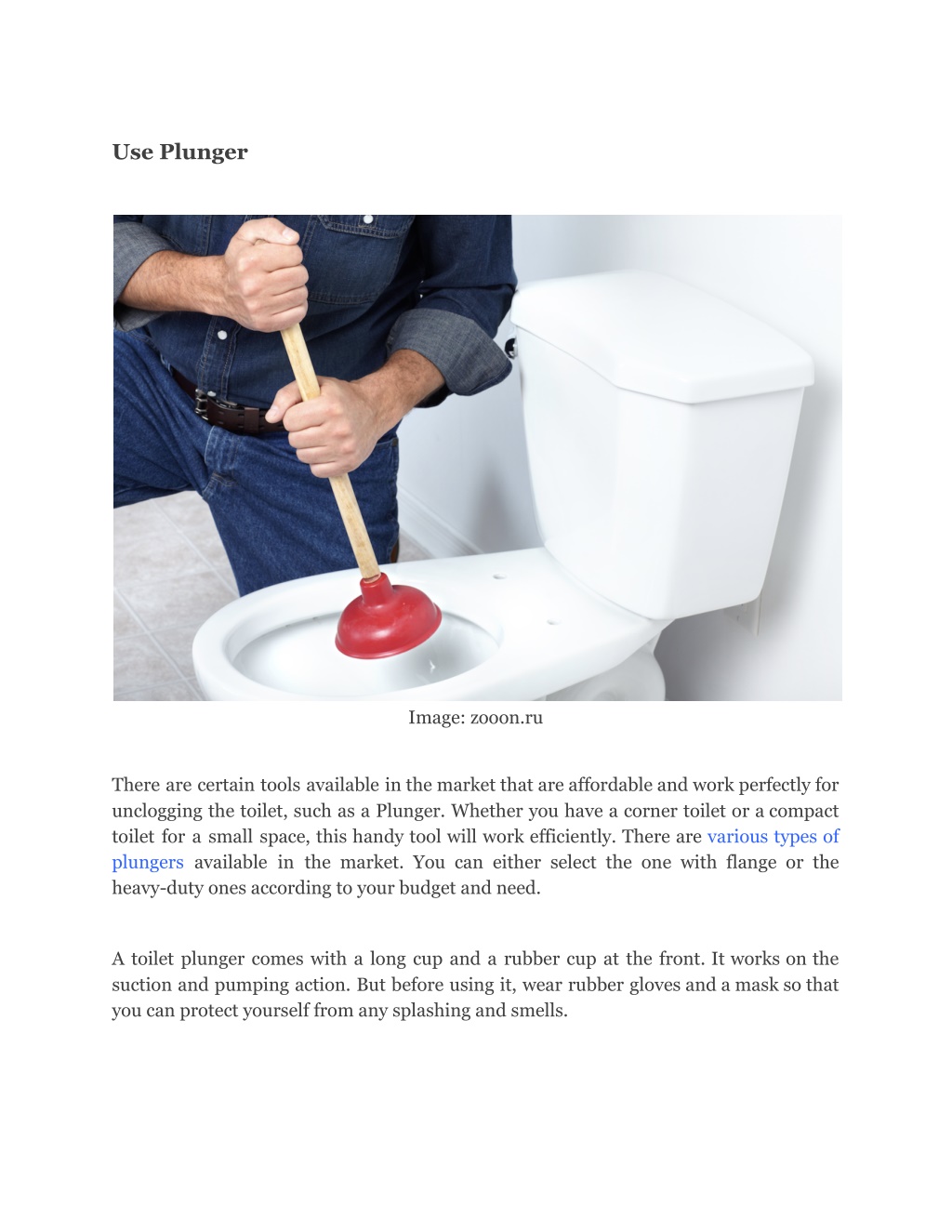
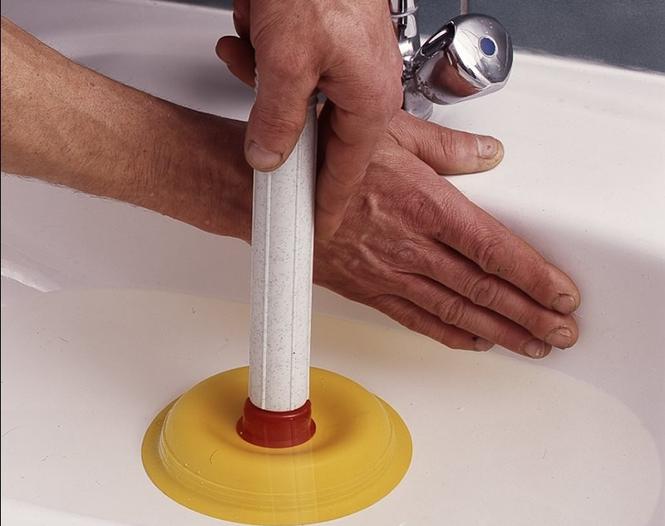

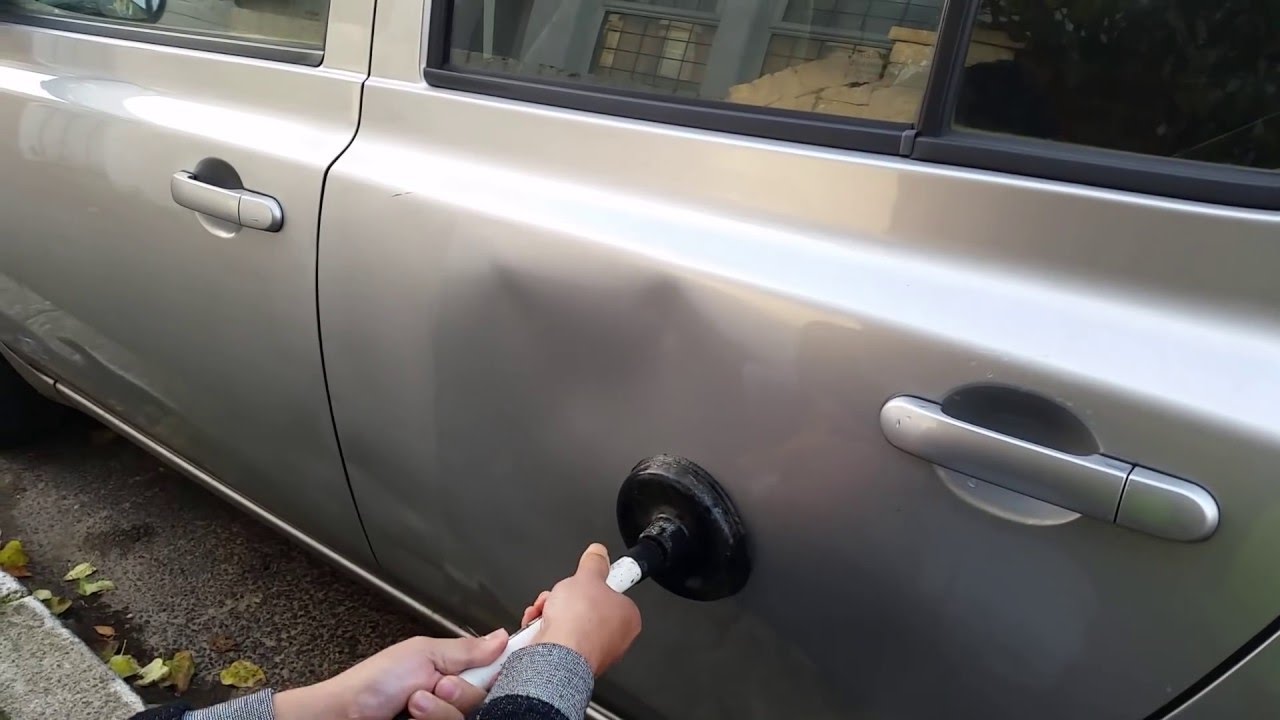









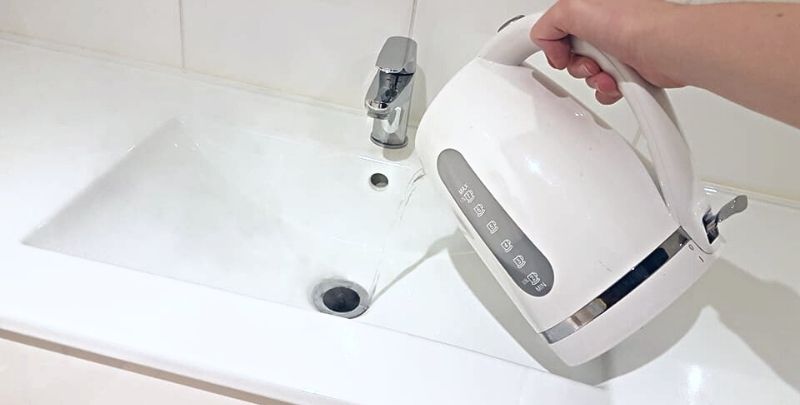

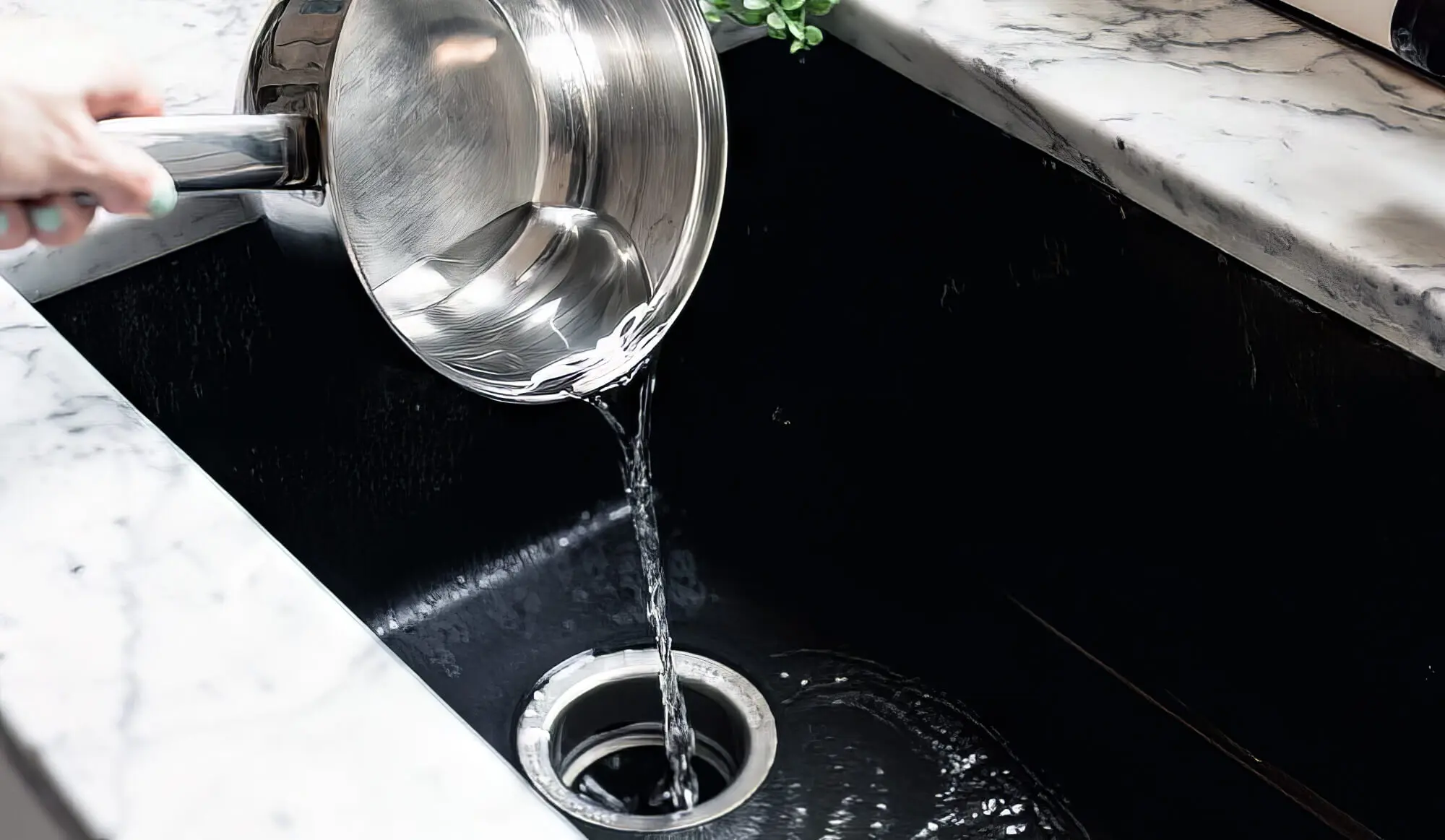
.jpg?time=1689761045394)




:max_bytes(150000):strip_icc()/GettyImages-1459148353-279aed56a15749c2a7310a882dbe3571.jpg)






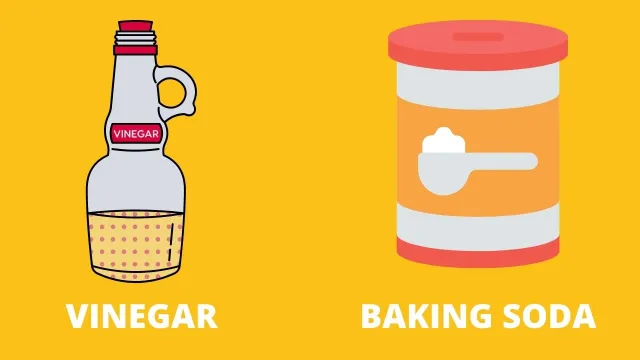


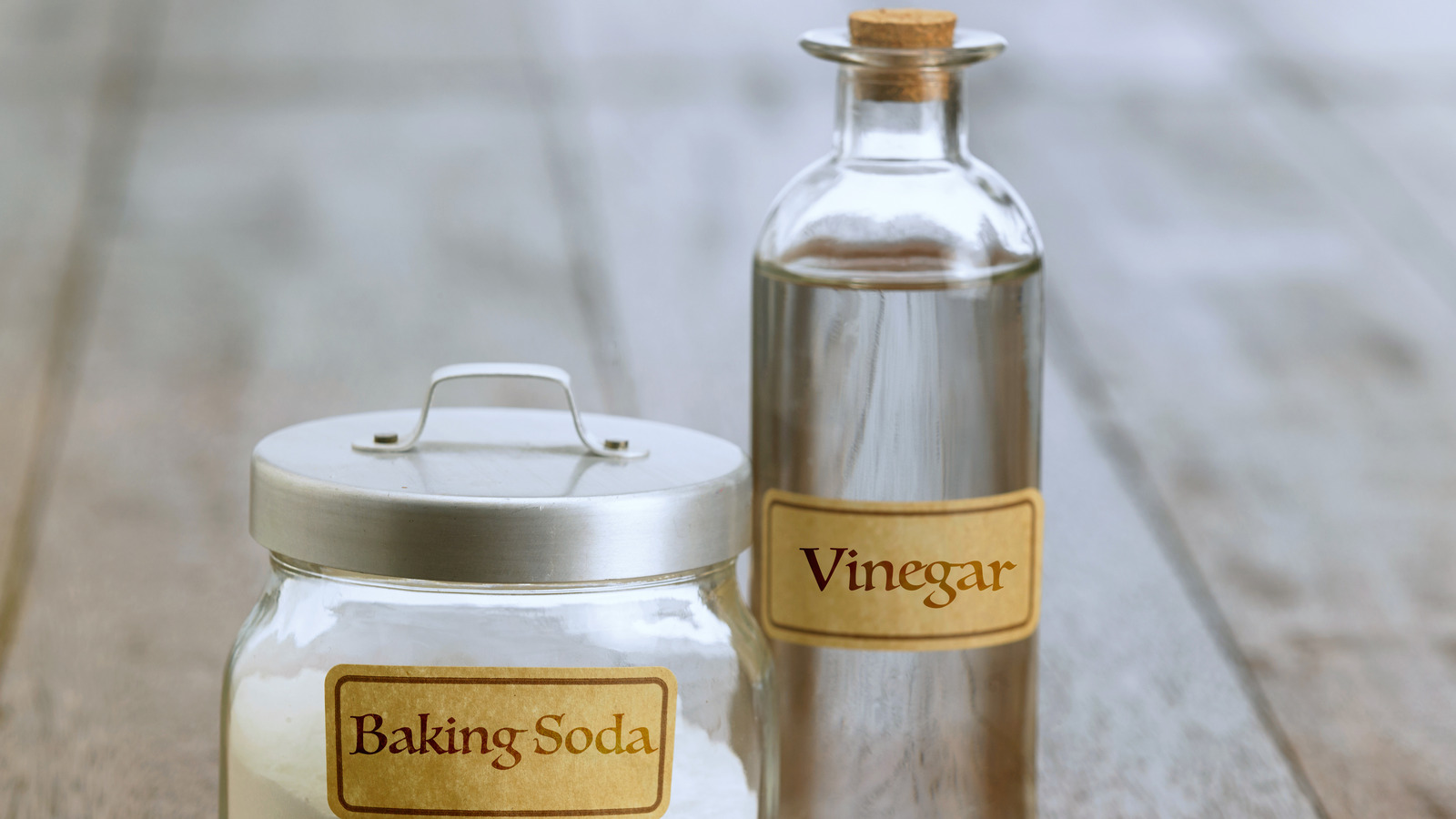
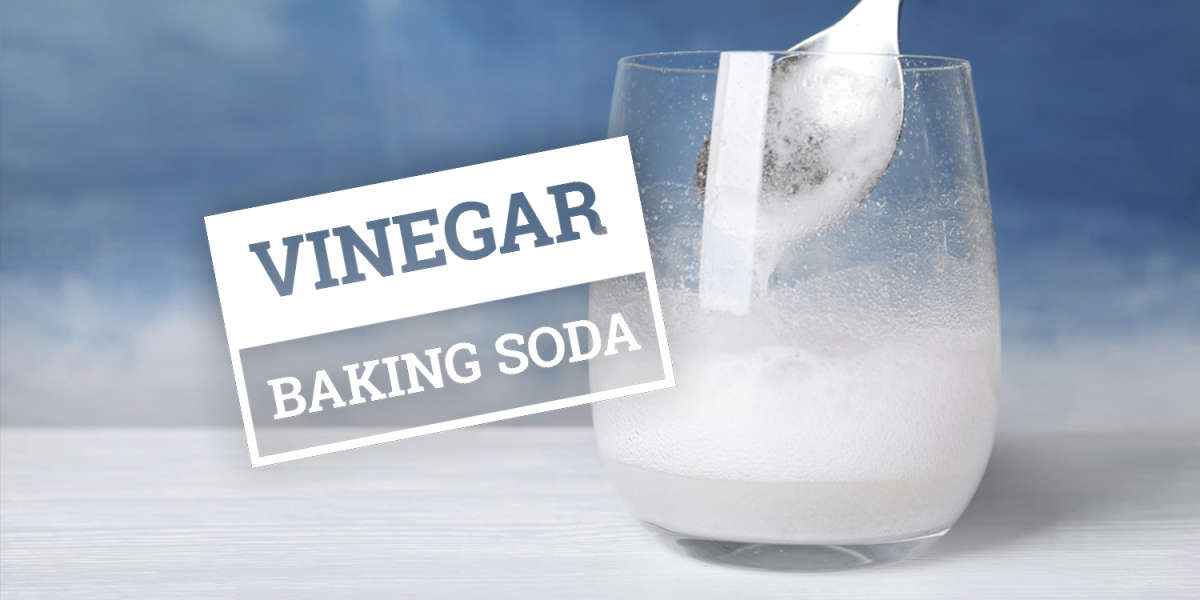
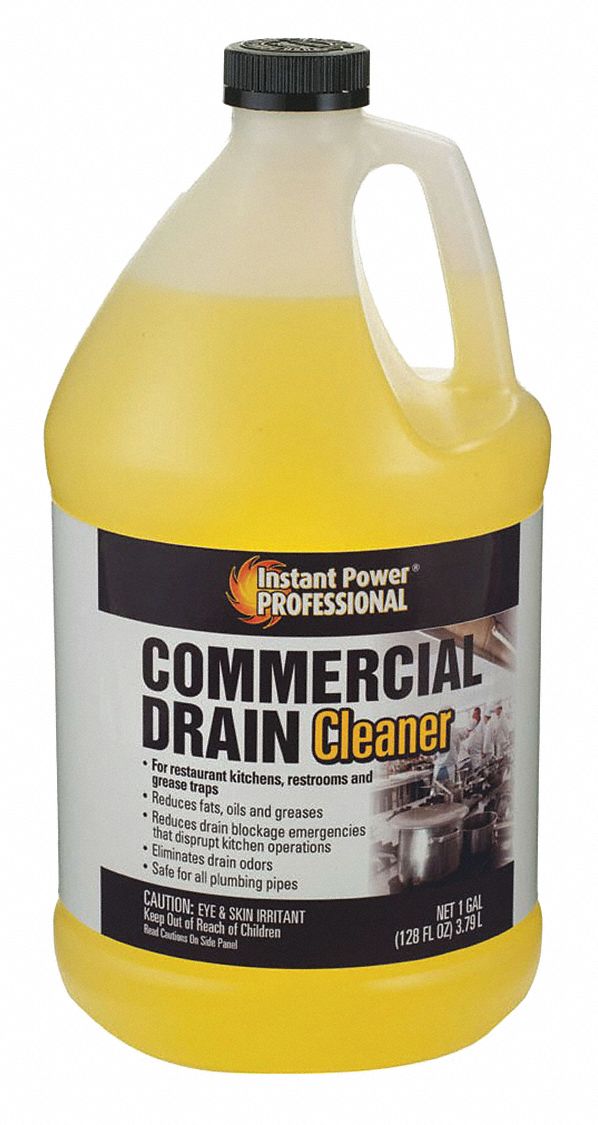
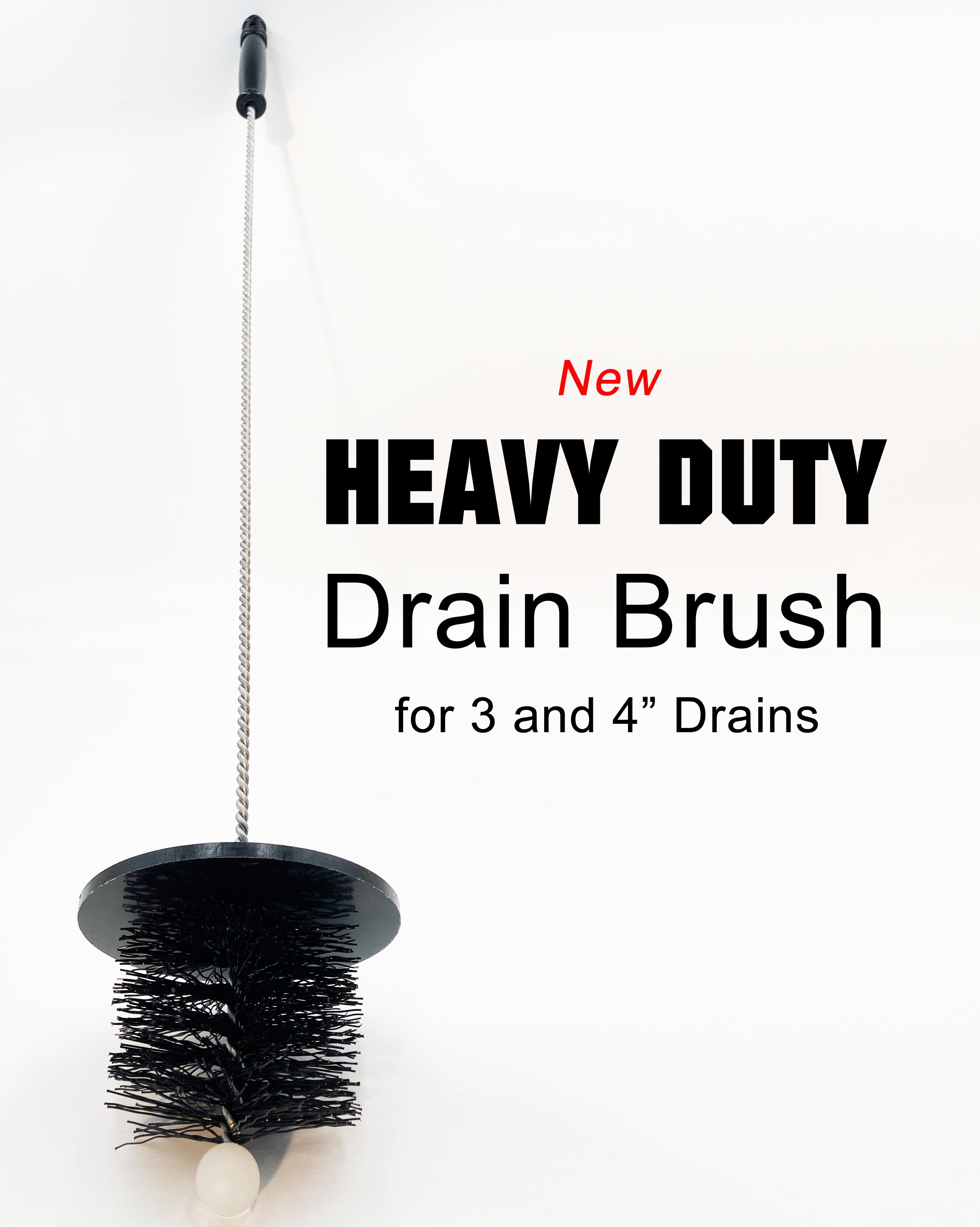




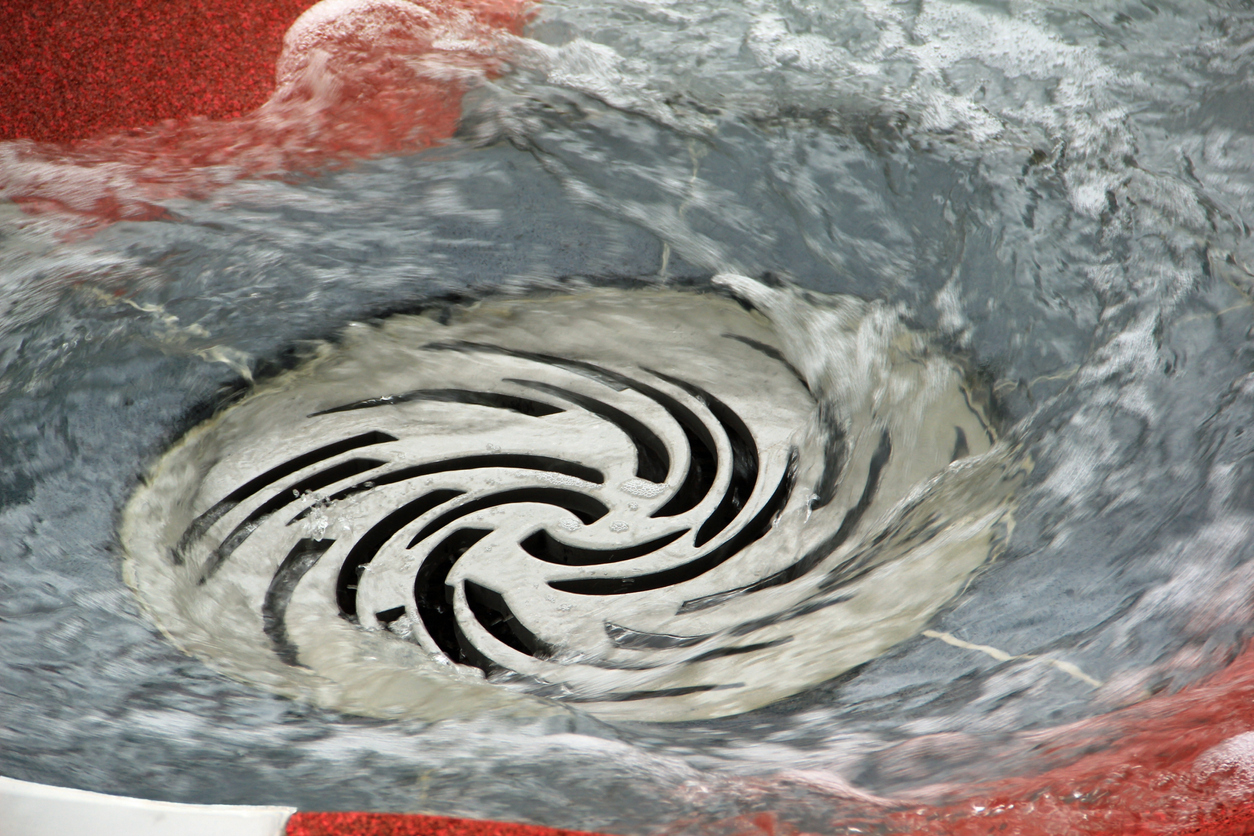

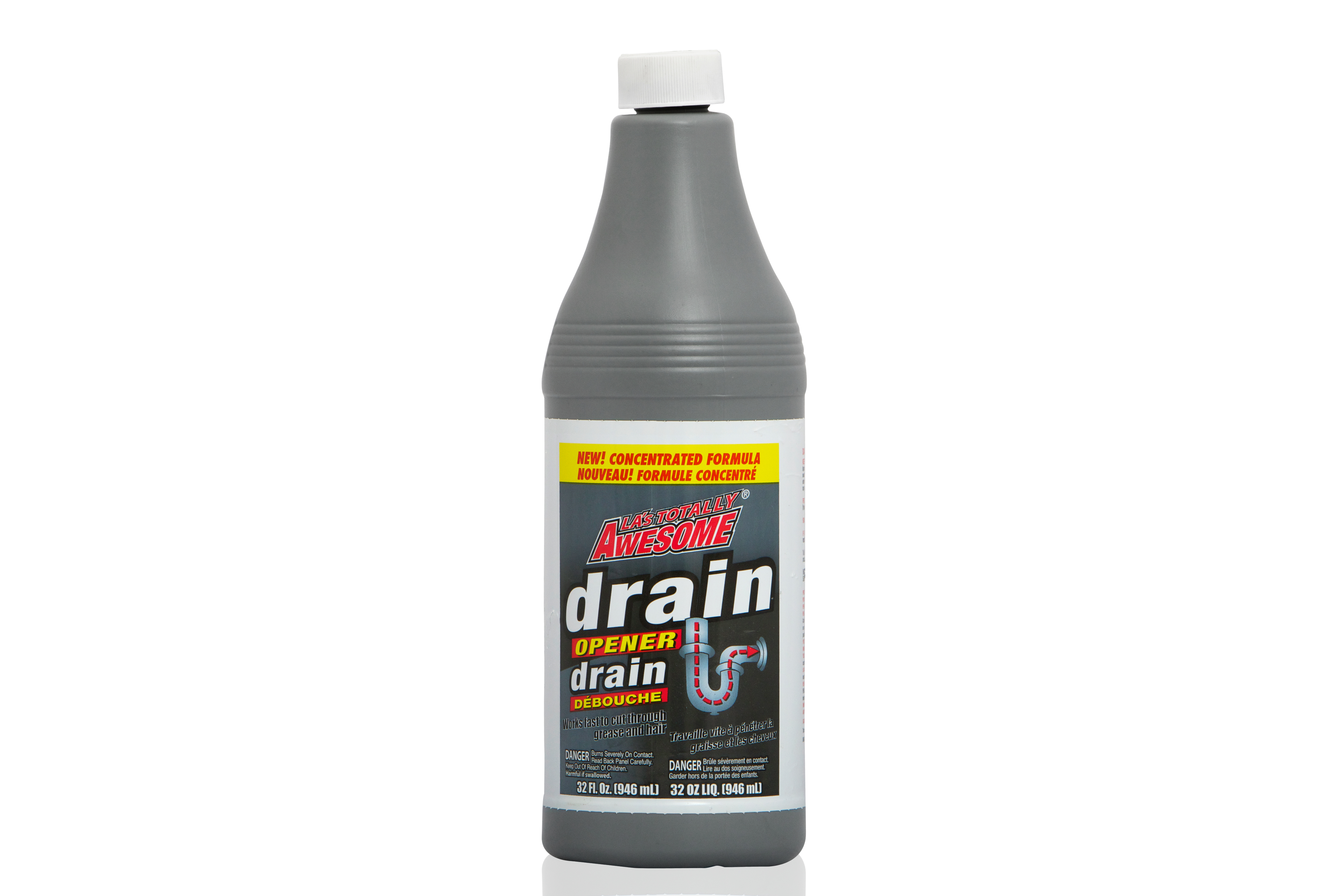
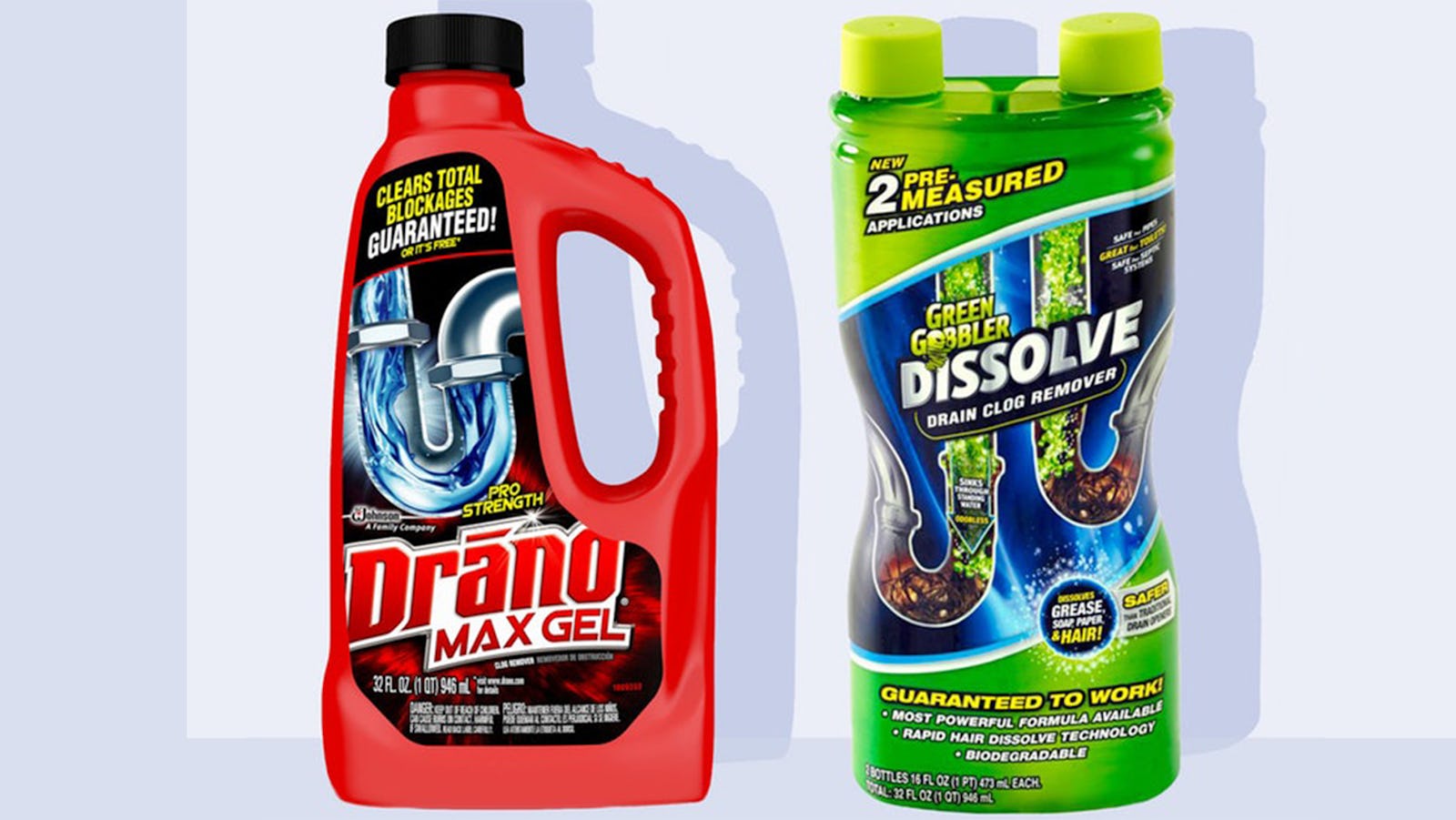

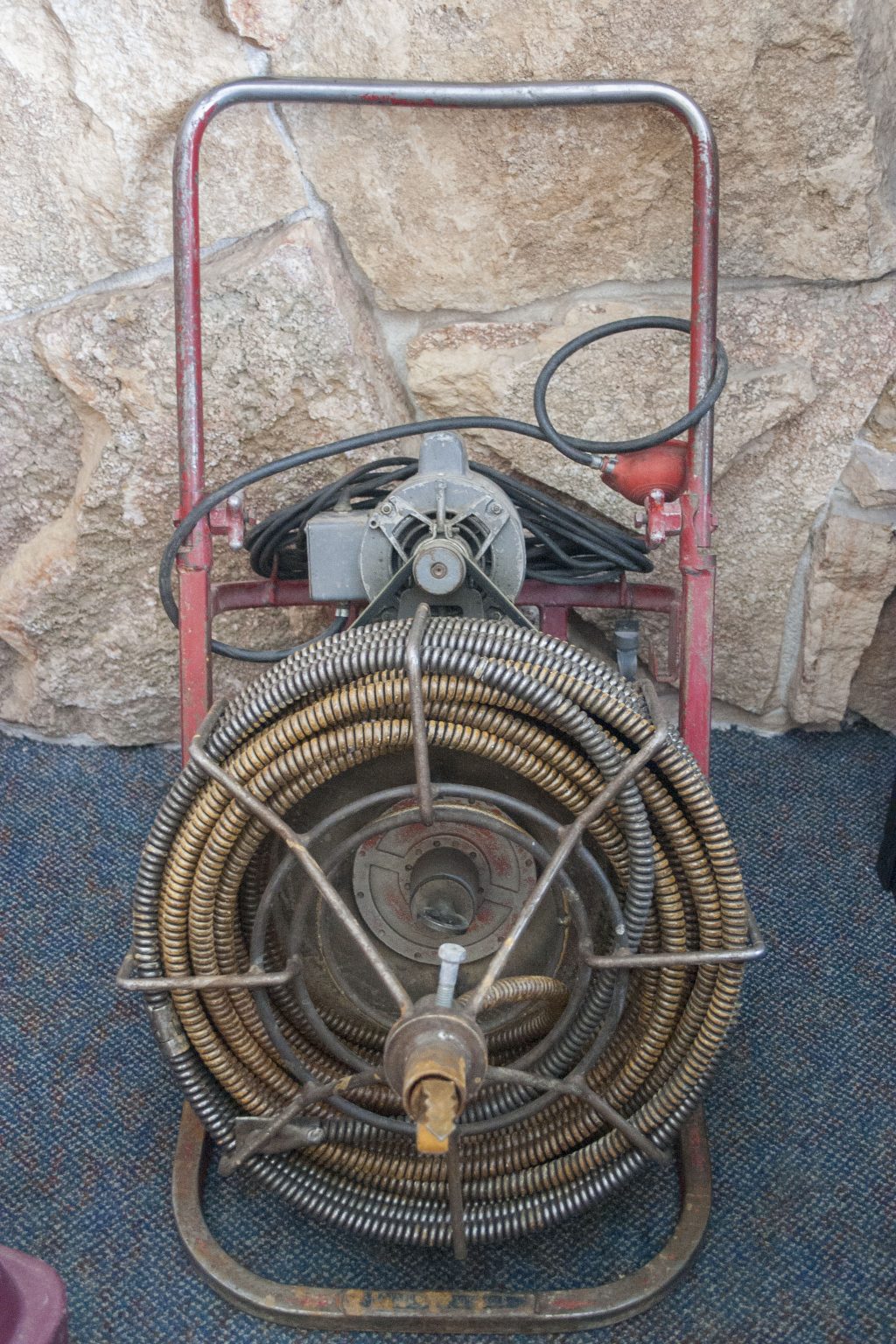
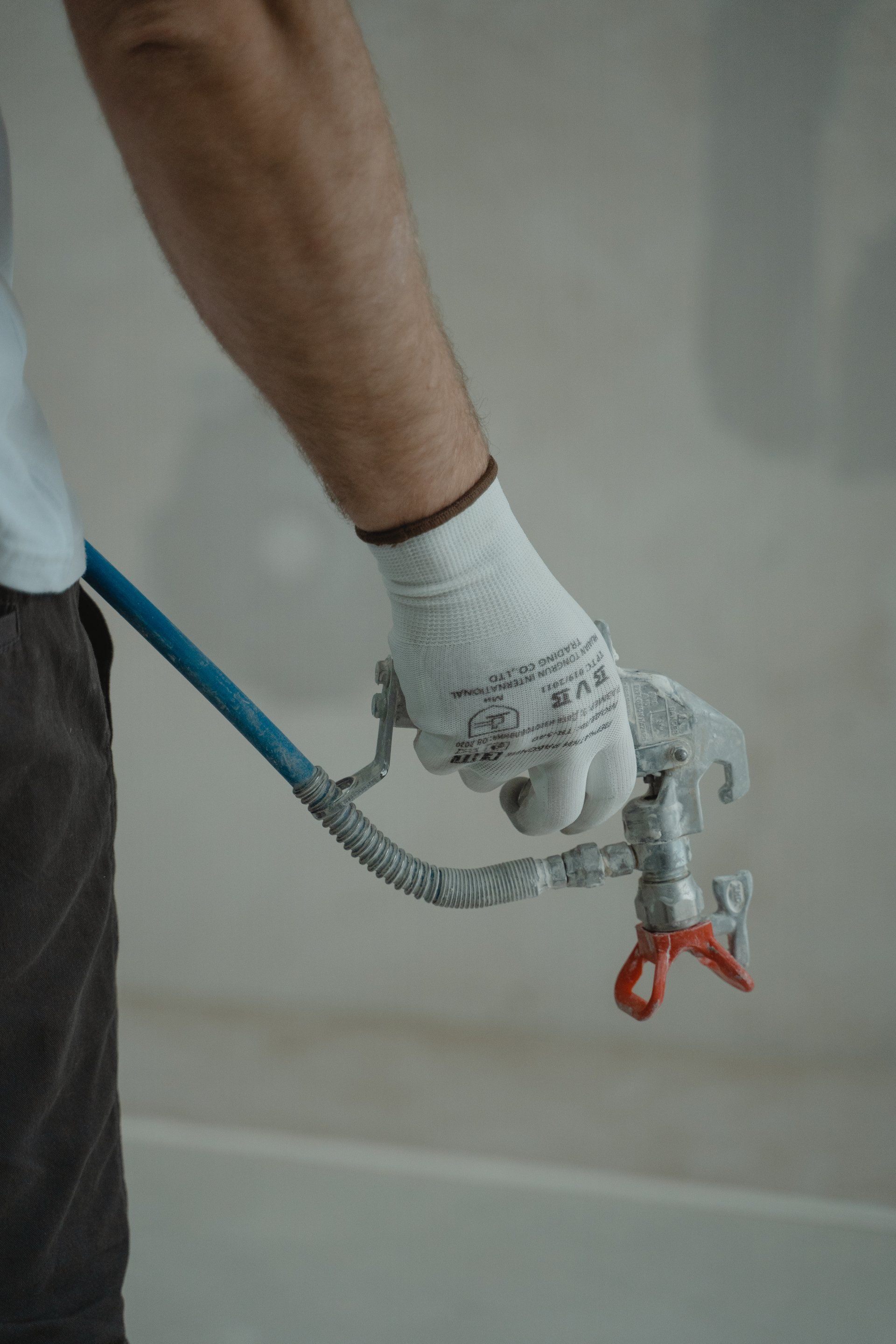


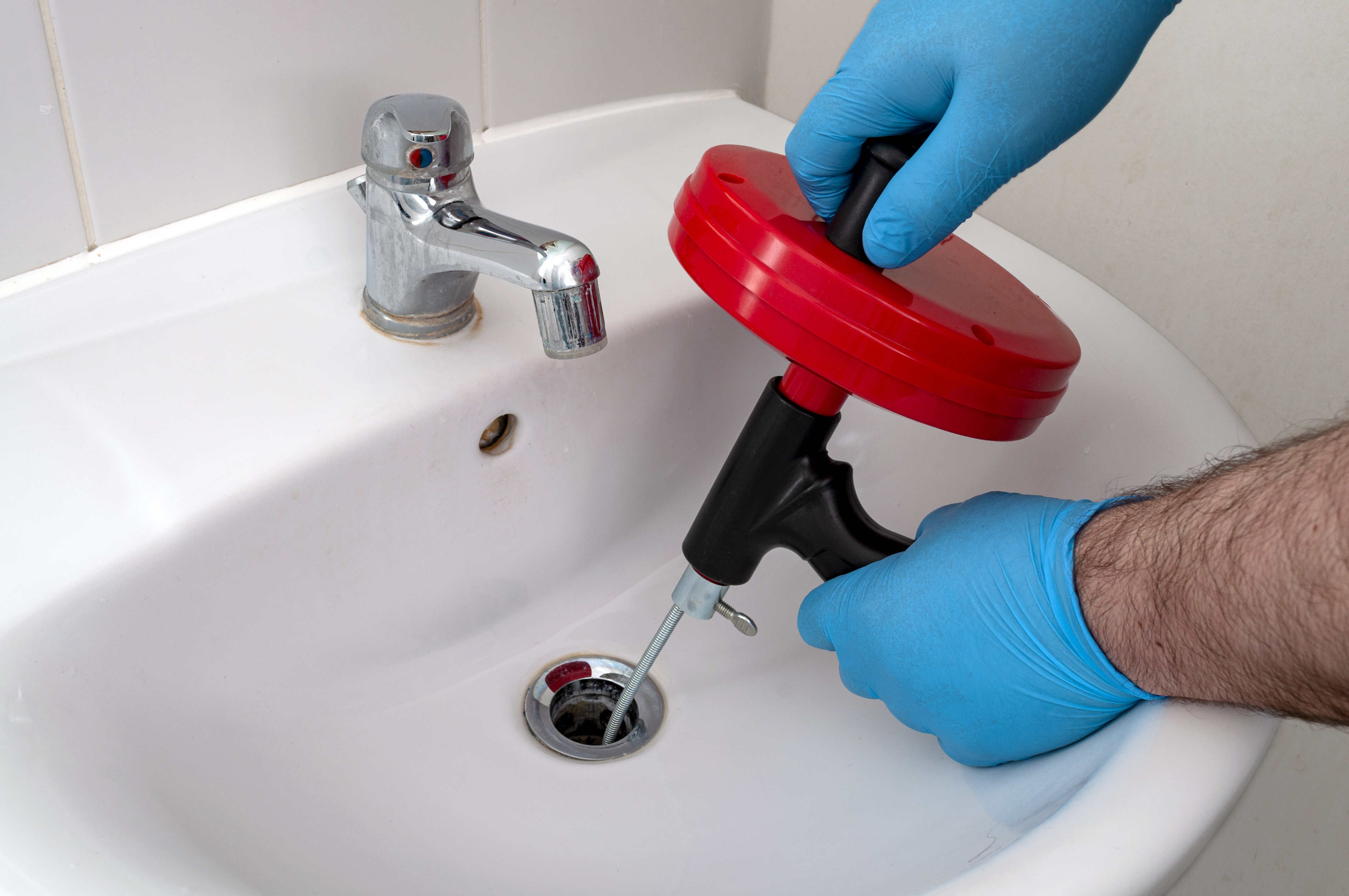




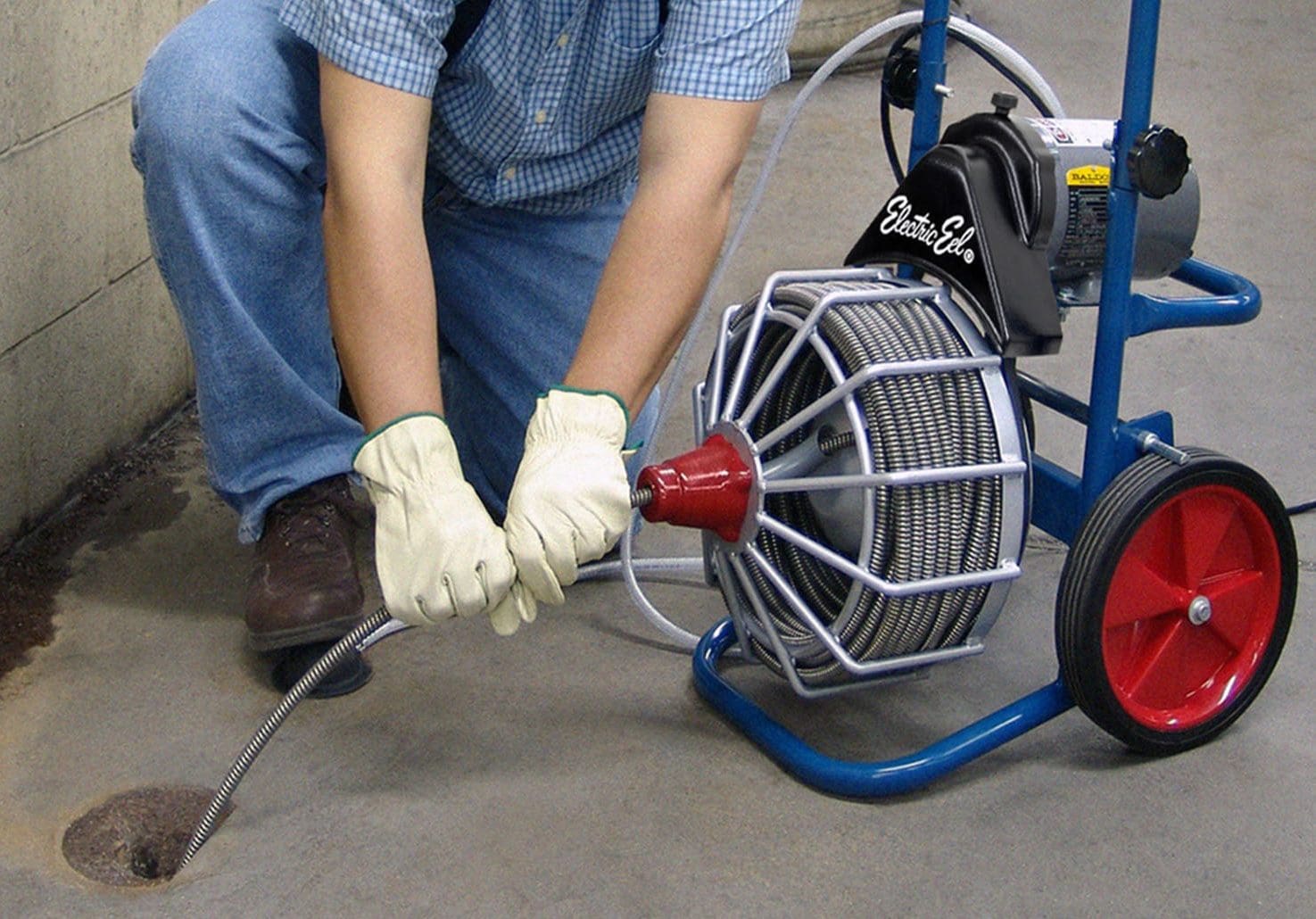










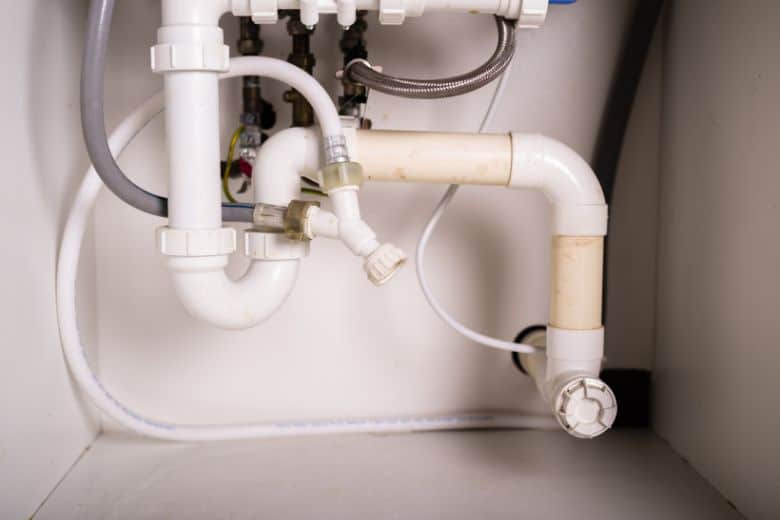





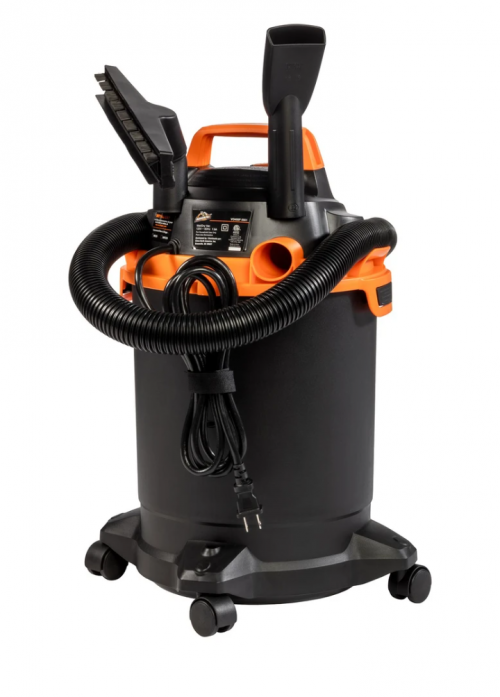



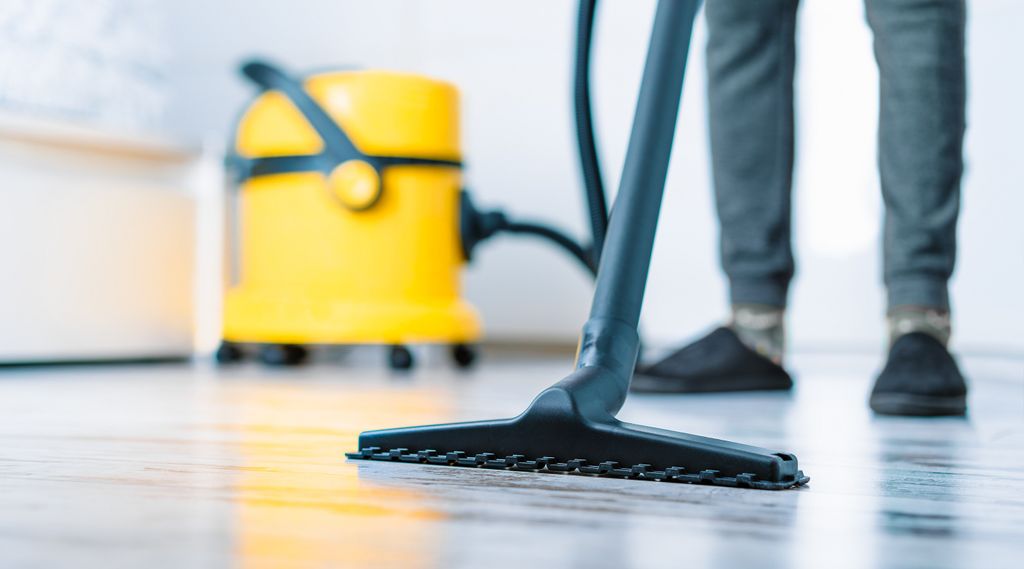


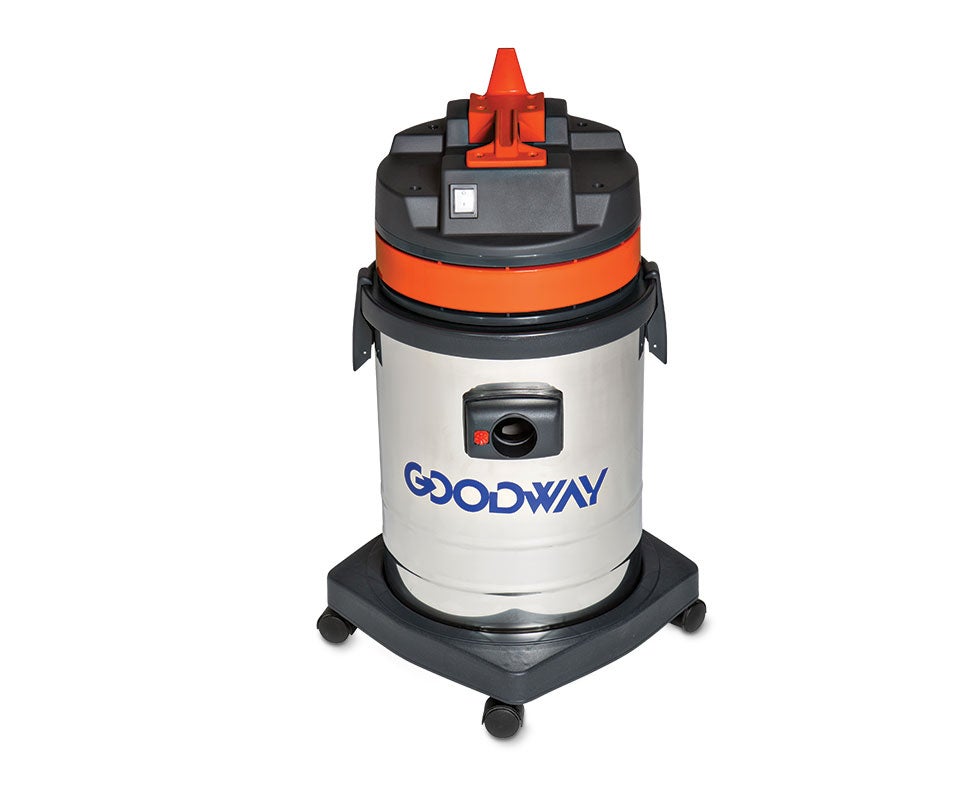



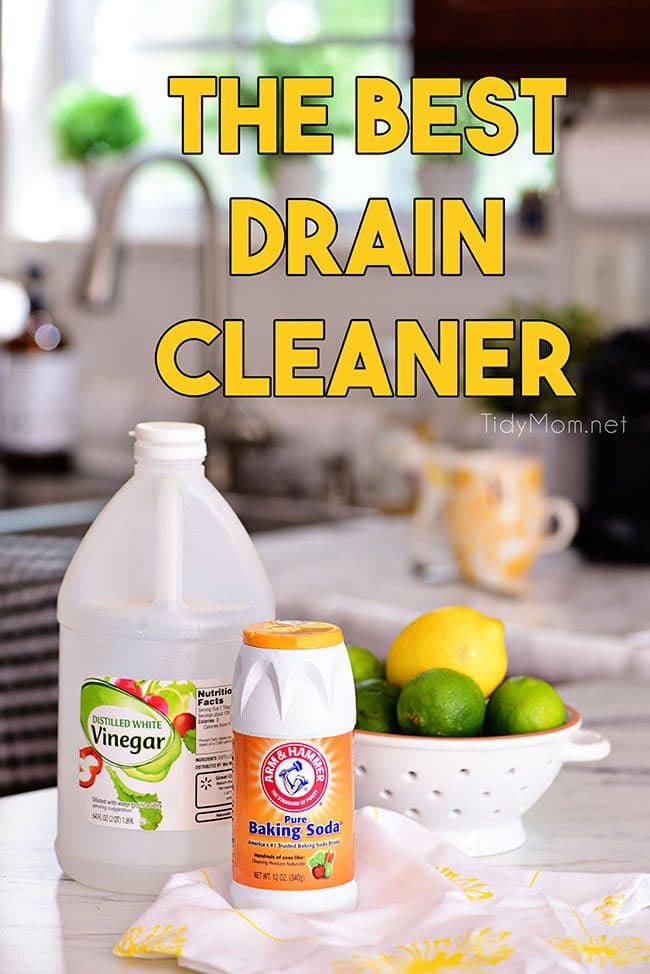





:max_bytes(150000):strip_icc()/freshen-and-unclog-drain-with-baking-soda-1900466-18-1a5b5da01939471ca8f8823865bd1ce8.jpg)
